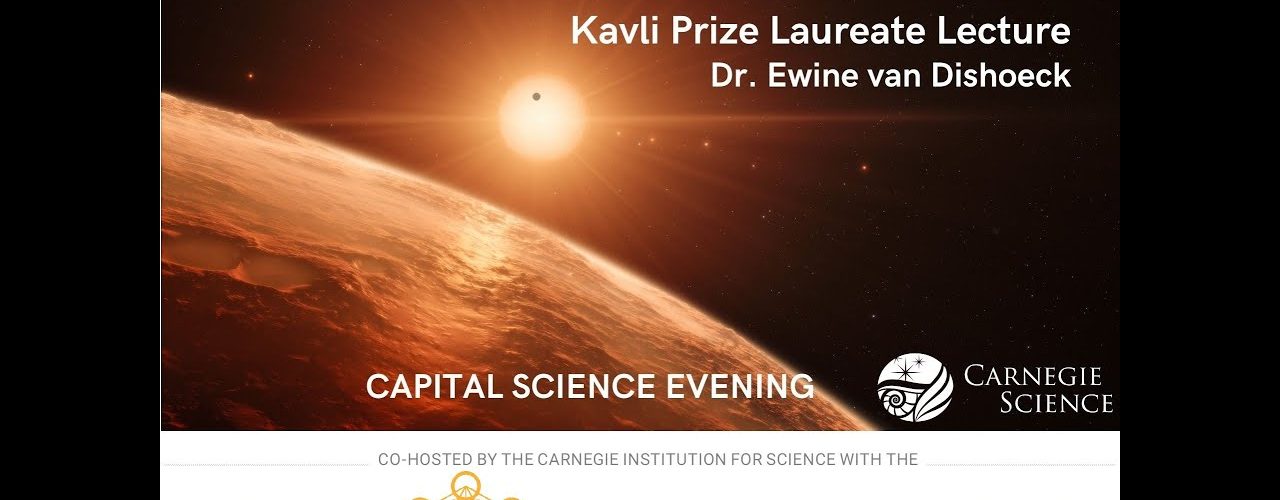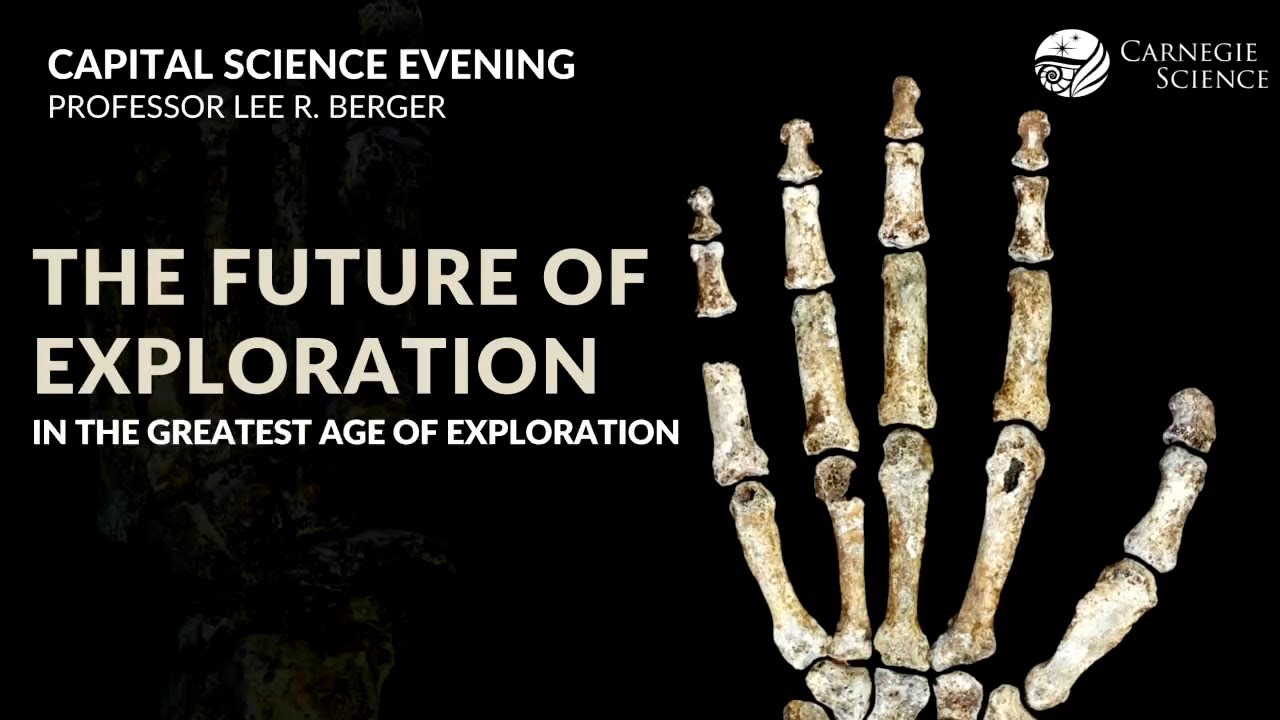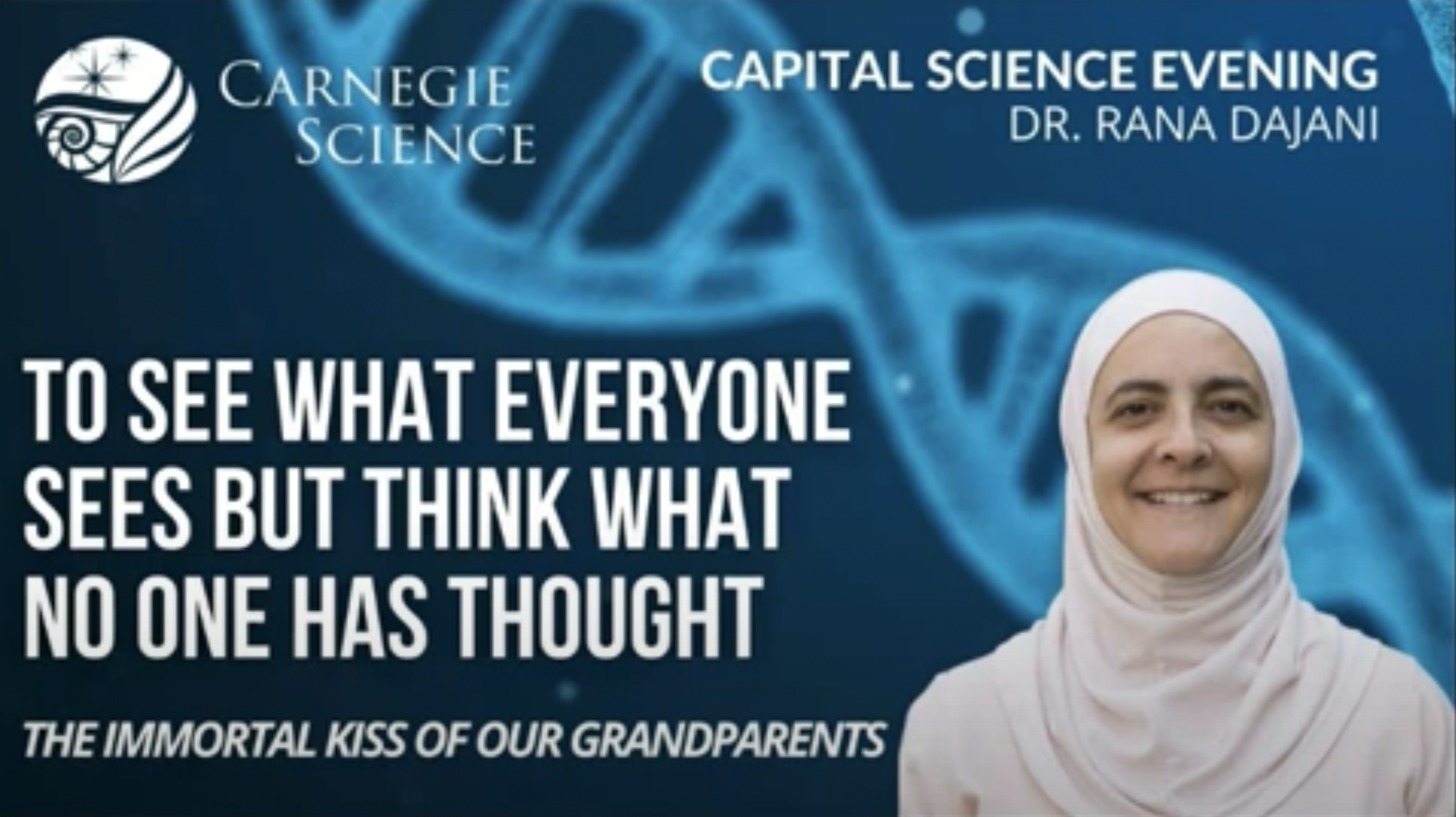One of the most exciting developments in astronomy is the discovery of thousands of planets around stars other than our Sun. But how do these exoplanets form, and why are they so different from those in our own Solar System? Thanks to powerful new telescopes built in large international collaborations, astronomers are now starting to address these age-old questions scientifically. With the new Atacama Large Millimeter/submillimeter Array (ALMA), we can zoom in on the dusty clouds between the stars where new stars and planets are born to find water and a surprisingly rich variety of organic materials. In conversation with Emmy Award-winning journalist Frank Sesno, the Director of Strategic Initiatives at George Washington University’s School of Media and Public Affairs, 2018 Kavli Prize Laureate in Astrophysics Dr. Ewine van Dishoeck will discuss whether these pre-biotic molecules end up on new planets and thus form the building blocks for life elsewhere in the universe.
Dr. Ewine F. van Dishoeck: Professor of Molecular Astrophysics, Leiden Observatory, Leiden University; 2018 Kavli Prize Laureate in Astrophysics
The Kavli Prize is a partnership between The Norwegian Academy of Science and Letters, The Kavli Foundation (United States), and The Norwegian Ministry of Education and Research.
This event is co-hosted by the Carnegie Institution for Science with The Kavli Foundation, the Royal Embassy of Norway, and the Norwegian Academy of Science and Letters.





